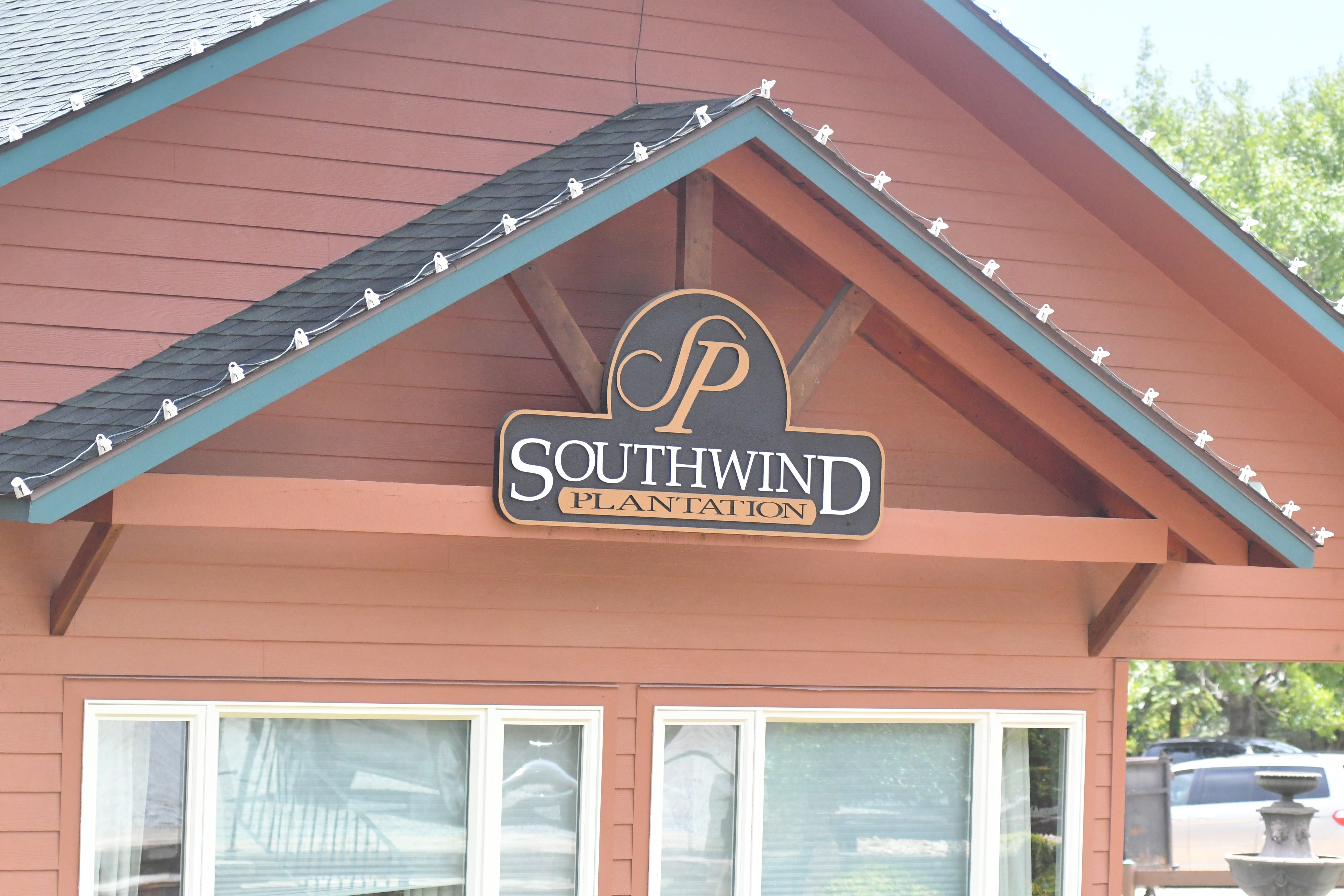An extreme garden makeover
Published 9:53 am Friday, May 31, 2013
When we moved into our home nearly ten years ago, there was no shade in the back yard; just a Bradford pear tree in each corner of the fenced-in yard. Since the back of the house faces south and west, the afternoon sun bakes that side of the house, making it impossible to enjoy outdoor living in the summer time.
We began planting trees (seven of them) and several bushes. The result was lots of shade, but then the grass quit growing. The corners were also low-lying and slow to drain, resulting in standing water after a heavy rain.
We wanted to remedy the problems, beautify the yard and add a comfortable outdoor living space.
Trending
In late winter 2012, we saw an article on shade gardens in a gardening magazine, and we were hooked with an idea, but not sure how to achieve it.
Early in March we called on the expertise of Jeff Jeter at In the Garden. We began with one side of the yard. He told us first to kill all the weeds and sparse grasses that remained, then get a load of good soil — a mixture containing sand, for better drainage. He also advised building up the center of the space where we wanted to build a stone patio so we could sit under the canopy of trees. We set to work. I say “we,” but in actuality I did the planning and my husband, Ron, did the labor.
Two applications of Roundup took care of the unwanted grasses, nearly killing a nearby rosebush, but it miraculously recovered. Next the ground was cultivated and raked.
The day finally arrived when a half-truck load of soil was delivered. We had considered getting a whole load, but glad we didn’t. The pile was higher than the fence gate and had to be moved and spread right away before we could close the double gate.
The first obstacle came when the handles on the 12-year-old wheelbarrow broke under the weight of the first load of soil to be moved. This necessitated the hasty purchase of a new wheelbarrow, but since my husband was never happy with the new one, he also bought new handles for the old one that had two front wheels. So now we have “his” and “hers” wheelbarrows.
We chose 16-inch concrete squares in an old brick pattern and hauled them home in the car, no more than 14 at a time, the maximum weight we thought prudent for the auto, since each square weighed 39 pounds. It took several trips, but we ultimately transported 74 squares.
Trending
We had originally thought to make a small stone space, just big enough for a little wrought iron table and two chairs, with the rest of the area being planted with shade loving plants. But as my husband continued to level and place the squares, he decided to make it big enough to accommodate his metal framed hammock that has been stored in our shed all these years.
The leveling and stone laying was a long, drawn-out process, done at the end of the work day and on weekends, and resulted in sore knees and aching muscles, as each was placed, picked up, and put back down multiple times before reaching a satisfactorily level.
Finally, we were ready to do the planting.
Again, we called on Jeter to help make the right selections. We chose azaleas to go along the back fence. The foreground of the garden has hydrangeas, hostas, holly ferns and autumn ferns. There are mondo grasses for trim around the pea-gravel stone path that leads to the patio. To add color, we use pots of shade loving, flowering annuals, such as begonias, impatiens and coleus. It also hosts a bird bath and hummingbird feeder, which attracts lots of the little hummers.
Finally, the project, which began as an idea in late February, became a reality by the end of June, with delivery and spreading of pine straw for mulch. We are happy with the beauty of it and it was done just before the really hot summer weather arrived.
It is too hot and “buggy” to sit and enjoy the space in mid-summer, but spring and fall are delightful. We were also relieved that any heavy rains have produced no standing water.
In fall, falling leaves created a small problem, but the leaf blower removed them from the stones, and the rest were left for mulch.
Now, there is the question of what to do with the other half of the yard, which pales by comparison.
We have some ideas that will make for a good project this year if our backs and knees hold out.








